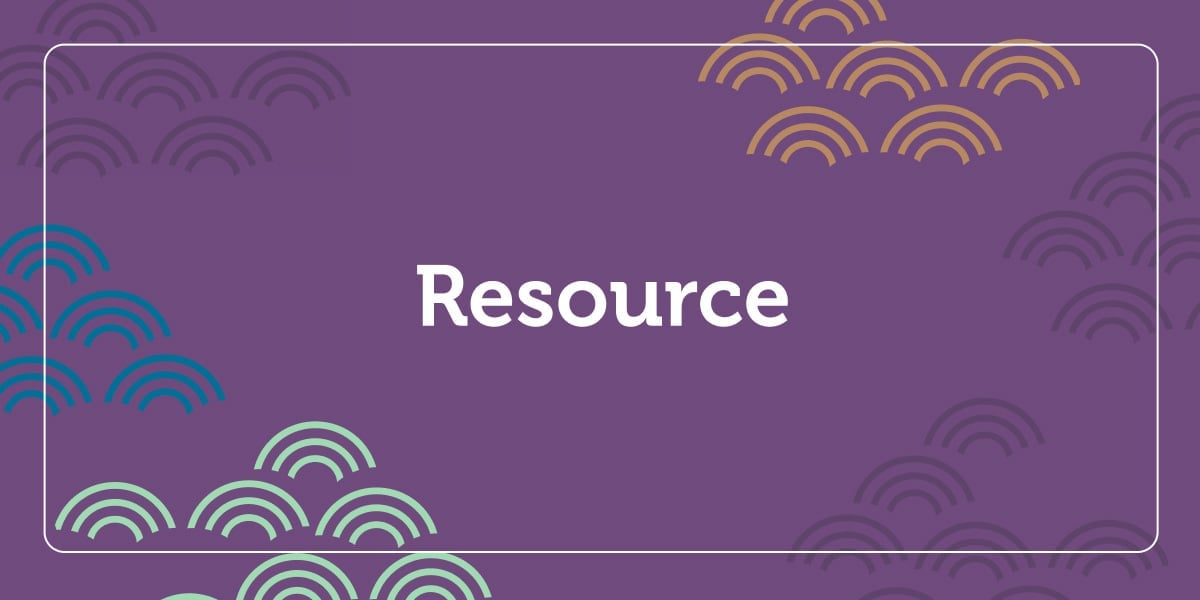During their years working as teachers, administrators, consultants, coaches, and higher-education faculty, Sascha Longstreth, PhD, and Sarah Garrity, EdD, experienced the stress, chaos, and emotions that result from children’s challenging behavior. Consider this vignette from their book Effective Discipline Policies: How to Create a System that Supports Young Children’s Social-Emotional Competence.
It is Paola’s second week attending a preschool program for four-year-olds at her local elementary school. She has no siblings, and prior to coming to school, her grandmother cared for her while her parents worked. The teacher has noticed that Paola enjoys working in the writing center and is able to write most of the letters of her name. However, Paola has a very difficult time transitioning from the writing center to clean-up time. Yesterday, when the teacher tried to show her how to clean up the materials, Paola pinched the teacher and crawled under the table, refusing to move and screeching in a high-pitched tone.
What reasons could there be for Paola’s behavior? Is Paola confused by the request to stop and clean up because her grandmother lets her draw for hours and has never expected her to clean up after herself? Could it simply be that Paola is so engaged at the writing center that she does not want to clean up for lunch? Might this be typical, developmentally appropriate behavior for a four-, five-, or six-year-old? Is Paola overwhelmed by not understanding all of the English words being spoken in the classroom and angry that the teacher does not pronounce her name the same way her family does? Could Paola’s behavior be the result of all of these things?
Behavior is Communication
As Longstreth and Garrity point out, school in the United States is very fast paced and structured, which may lead to expectations for children’s behavior that are not a great fit with individual characteristics such as temperament or community-held expectations about time. Young children are just learning how to express their complex feelings with word and to self-regulate their behavior. When faced with an unfamiliar language and conflicting cultural expectations, children may act out or shut down in an attempt to escape. When considering the meaning behind children’s challenging behavior, it is essential to consider the role that a child’s cultural and linguistic background may play.
The early childhood teacher can serve as a bridge to a child’s inner experience and her outward behavior. When teachers are in tune with children and can read their emotional cues, they can take steps to prevent challenging behavior before it occurs. Tiered models of support such as the Teaching Pyramid provide multiple strategies for helping children to self-regulate and express their emotions before they escalate. These strategies include the use of picture schedules, scripted stories, and classroom/program-wide rules posted in visual form. Sometimes the child just needs to know that the teacher is nearby and is there for support if needed.
Early childhood behavior-guidance policies should reflect an instructional, proactive approach to behavior guidance that supports the learning and practice of appropriate prosocial behavior of all children, regardless of individual differences and/or cultural and linguistic backgrounds. Learn more about the essential features of high-quality behavior-guidance polices that support the social, emotional, and academic success of all children in Effective Discipline Policies: How to Create a System that Supports Young Children’s Social-Emotional Competence.
Author(s)Sarah Garrity, Sascha Longstreth
Ashleigh Craven
Ashleigh Craven has a decade and a half of diverse category experience from agency communications to athletic apparel to automotive to education, developing and executing communication strategies in both traditional and social media. She has supported national product launches and corporate events for the likes of Soffe, Buick, Chevrolet, Wake Forest University , Kaplan, and others. She has an BA from the University of Michigan in English and Communication Studies and an MA from Wake Forest University, where she focused her studies on argumentation and presidential rhetoric and speechwriting. She served as director of marketing for Gryphon House from 2017- 2020.

